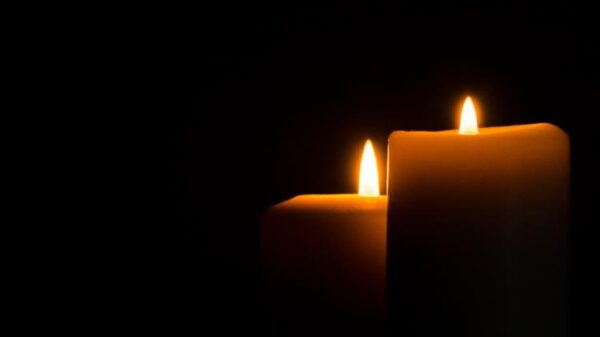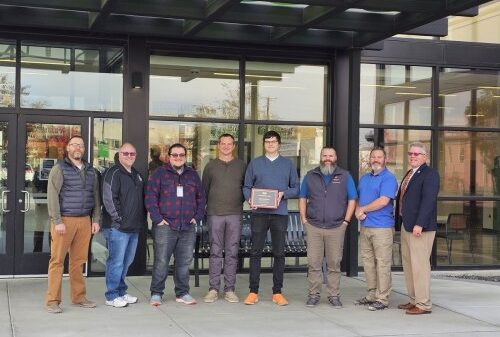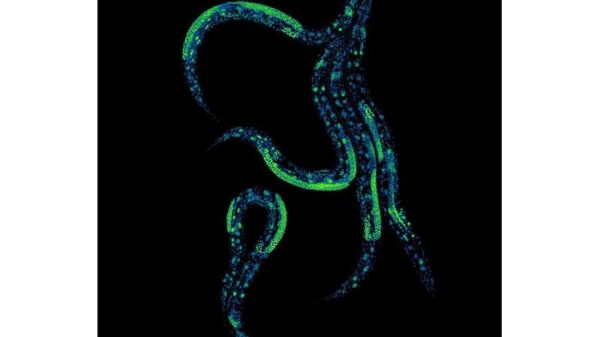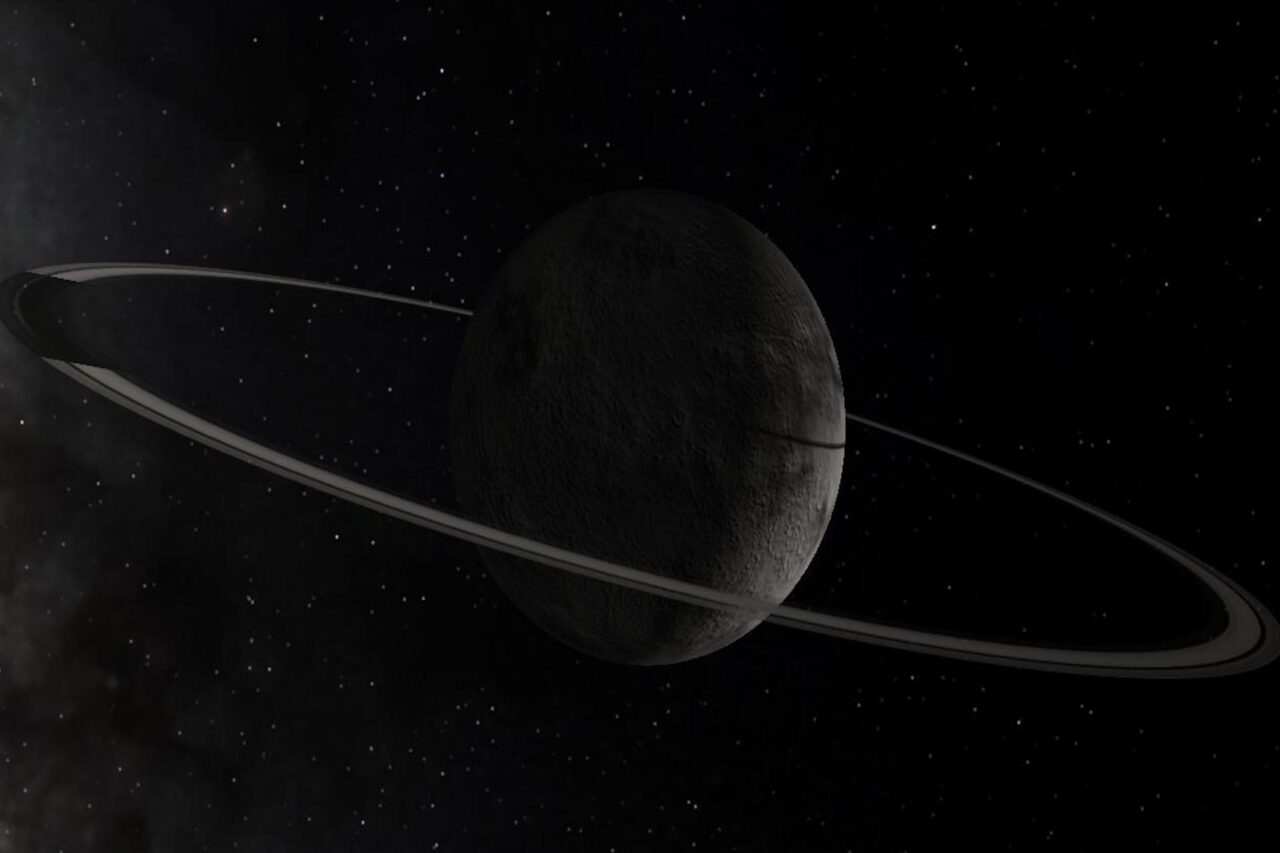A team of Brazilian astronomers has observed what appears to be the formation of a ring system around Chiron, a small icy body located in the outer solar system. The discovery, detailed in a recent article published in The Astrophysical Journal Letters, provides a rare opportunity to witness the evolution of celestial structures in real time. Initial observations indicate that debris surrounding Chiron is transitioning into three distinct rings, marking a significant milestone in the study of such phenomena.
Chiron’s Unique Characteristics
Discovered in 1977, Chiron is classified as a centaur, a category of celestial objects that exist between the orbits of the giant planets Saturn and Uranus. Unlike traditional planets and moons, centaurs have characteristics of both, leading to intriguing research questions about their composition and behavior. Prior to this study, astronomers had speculated about the possibility of rings around Chiron, but definitive evidence had been elusive.
The recent observations were made at the Pico dos Dias Observatory in Brazil during September 2023, when Chiron passed in front of a distant star. This event caused multiple dimming occurrences in the star’s light, suggesting that Chiron is encircled by a system of rings or perhaps a temporary cloud of debris. By comparing these new observations to data collected in 2011, 2018, and 2022, the research team, led by postdoctoral researcher Chrystian Luciano Pereira, identified three well-defined rings located at approximately 170 miles (273 kilometers), 202 miles (325 kilometers), and 272 miles (438 kilometers) from Chiron. Additionally, a fourth, more distant ring was detected at about 870 miles (1,400 kilometers) away.
Understanding the Formation of Rings
The formation of rings around celestial bodies typically occurs when debris is captured by a planet’s gravitational pull. In Chiron’s case, this newly observed ring system could provide insights into how similar structures, such as the iconic rings of Saturn, were formed over time. The fourth ring, which exists beyond the Roche limit, indicates that material in this region is more likely to coalesce into a moon rather than remain in a ring state.
The research team aims to conduct further observations of Chiron as it continues its journey across the cosmos. By monitoring its interactions with distant stars, astronomers hope to clarify the nature of the materials surrounding Chiron and confirm the status of the newly detected fourth ring. If these observations confirm ring formation, this would represent a groundbreaking moment in understanding how small celestial bodies can develop complex systems.
The ongoing study of Chiron offers scientists a unique opportunity to explore the dynamics of ring formation, providing a glimpse into processes that have shaped the solar system for billions of years. As the investigation progresses, it promises to deepen our understanding of not only Chiron but also the broader mechanisms at play in the formation of rings around celestial bodies.






































































